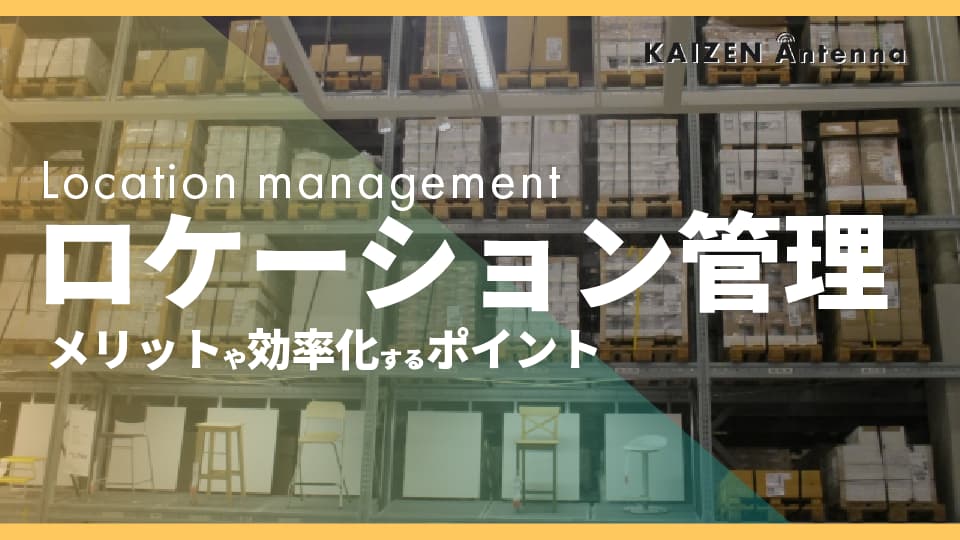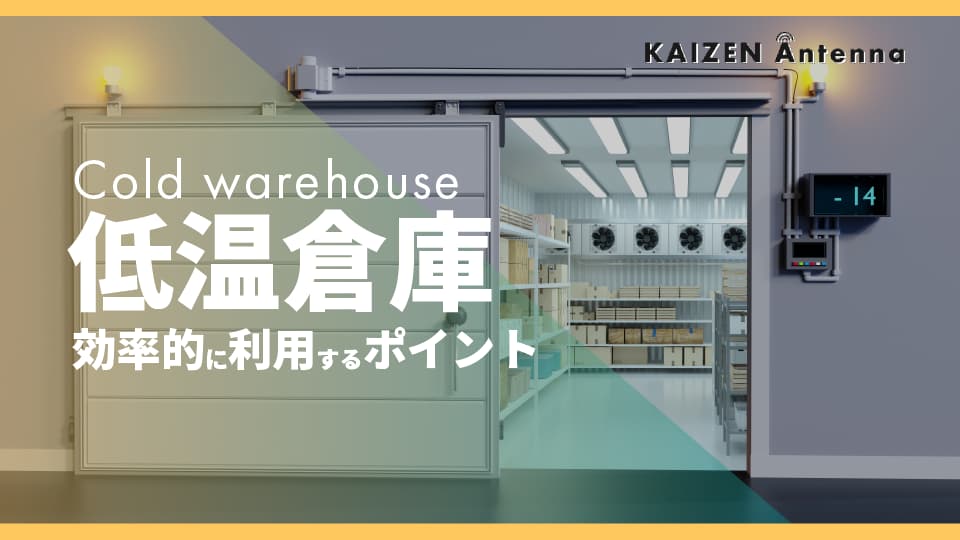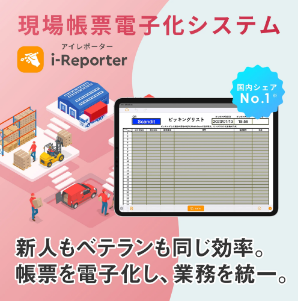The Warehouse Business Act, which is administered by the Ministry of Land, Infrastructure, Transport and Tourism, requires that warehouse managers be appointed to manage warehouses. Warehouse managers must have a certain level of work experience.
How to calculate warehouse storage fees? Explaining rules such as the three-period system and calculation units
If you are involved in warehouse storage operations, it is important to understand how storage fees are calculated.
Depending on the type of luggage you are storing and the length of time it will take, changing the calculation method may be more cost-effective.
table of contents
This time, we will explain various patterns for calculating warehouse storage fees. Please use this as a reference.
Percentage of storage fees in logistics costs
Before explaining how to calculate warehouse storage fees, we will explain the percentage of logistics costs that warehouse storage fees account for.
Logistics costs can be broadly divided into three categories:
- Storage fee
- Shipping fee
- Work fee
According to the Japan Logistics Systems Association's "2020 Logistics Cost Survey Report [Summary]," storage fees account for 15.7% of logistics costs, transportation fees for 55.2%, and others (packaging costs, loading and unloading costs, logistics management costs) for 29.1%.
Generally speaking, storage fees are thought to account for around 15% of logistics costs.
However, there are some variations depending on the industry, with the above-mentioned survey report showing 16.6% for manufacturing, 13.6% for non-manufacturing, 17.1% for wholesale, and 8.0% for retail.
Storage fees vary depending on the type and quantity of goods being stored, and also vary greatly depending on the contract type.
Since the business of "storage" does not generally create added value, it can be said that for many companies, the key issue is how to keep costs down.
Warehousing personnel need to understand the calculation methods and types of storage fees and choose the method that is best for their company.
[i-Repo Scan siteHere】
Storage fee calculation unit
There are five main methods for calculating storage fees:
[Storage fee calculation unit ①] Tsubo
Tsubo-based is a method of calculating storage fees based on the number of square meters used for storage.
This is the most popular calculation method and can be flexibly applied to a variety of cargo.
There are two types of contracts based on the square meter: a "square meter contract" where you are charged based on the square meter used each time, and a "fixed square meter contract" where the square meter used is fixed in advance.
When calculating the cost per tsubo, it is common to determine the unit price per tsubo and multiply this by the contracted number of tsubo.
[Storage fee calculation unit ②] Individual
A unit-based method is a method of calculating storage fees based on the number of items stored.
Individual contracts are used when the size and contents of the cargo are fairly uniform.
When calculating on a per unit basis, the unit price per item is determined and multiplied by the number of items actually stored in the warehouse.
[Storage fee calculation unit ③] Pallet
A pallet is a flat loading platform on which cargo is placed. Many cargoes are placed on a pallet and transported together using a cargo handling vehicle such as a forklift.
For pallet-based storage, the storage fee is calculated by multiplying a predetermined fee per pallet by the number of pallets actually used.
When handling large quantities of the same cargo, the cargo can be stacked tightly on pallets and moved pallet by pallet, improving the efficiency of warehouse and logistics operations.
Depending on the volume of goods, changing from individual to palletized packaging may reduce storage costs.
[Storage fee calculation unit ④] Volume-based
Volumetric storage is a method of calculating storage fees based on the volume of the cargo (length x width x height). Since cargo imported from overseas is often transported in containers, storage fees are generally calculated based on the volume the cargo occupies within the container.
The most commonly used unit of volume is the cubic meter.
When using containers, special equipment and operations are required to move them.
In addition to storage fees, you may also be charged equipment usage fees and labor fees, so be sure to check carefully when signing the contract.
[Storage fee calculation unit ⑤] By weight
Weight-based storage is a method of calculating storage fees based on the total weight of the package, regardless of its size.
It is often used for heavy luggage such as liquids or luggage whose size is difficult to measure.
When calculating by weight, units such as 1 ton or 1 kg are used.
Be aware that some warehouses have a maximum weight limit that can be stored, based on the load capacity of the floor.
Also, since the product being stored is a liquid, you need to be prepared for leaks and other issues.
As mentioned above, there are various methods for calculating storage fees. Choose the most appropriate method depending on the size and packaging of the products you are handling.
Storage fee calculation based on a three-period system
If the storage fee is calculated based on a fixed space, such as per square meter or volume, the fee will not fluctuate much during the period.
However, in the case of contracts where the quantity changes depending on the shipment or receipt, such as by individual unit or pallet, the storage fee will vary depending on the actual quantity of goods.
Here, we will explain the concept of the "three-term system," which is a typical example of individual contracts.
overview
The three-period system is a method of calculating by dividing one month into three periods.
- 1st period: 1st to 10th
- 2nd period: 11th to 20th
- The third period is from the 21st to the last day of the month.
The storage fee for each of the three periods will be calculated and the total amount will be the storage fee for one month.
Calculation method
The three-period storage fee is calculated as follows:
Storage quantity (inventory quantity at the end of the previous period + inventory quantity for this period) x storage fee unit price = storage fee per period
Below is a specific calculation example.
■ Shipment and receipt status
- The carryover inventory from the previous period is 20 units.
- No incoming shipments in the first period, 5 shipments
- In the second period, 15 units were received and no units were shipped.
- In the third period, 25 units were received and 30 units were sent out.
- The storage cost per period is 150 yen per item
■Storage fee calculation
- Storage fee for 1st period: 20 units x 150 yen = 3,000 yen
- Storage fee for the second period: (15+15) units x 150 yen = 4,500 yen
- Storage fee for the third period: (30 + 25) units x 150 yen = 8,250 yen
- 1 month storage fee: 3,000 yen + 4,500 yen + 8,250 yen = 15,750 yen
- Carryover inventory to next period: 25 units
Under the three-period system, storage fees are determined based on the amount of inventory carried over from the previous period and the amount of inventory received during the period.
Items issued during the period will be reflected in the inventory carried forward to the next period.
Differences between the one-term and two-term systems
Under the single-period system, the period from the 1st to the last day is calculated as one period without dividing it into two.
Under the two-period system, the calculation is divided into two periods: the first period is from the 1st to the 15th, and the second period is from the 16th to the last day.
Storage fees are often treated as fixed costs, but by dividing the month into smaller periods, it is possible to treat them as variable costs that reflect the inventory status during the period.
Advantages and disadvantages
The advantage of the three-period system is that storage fees can be determined based on inventory volume and in- and out-of-stock conditions.
By dividing the storage fee calculation into three periods, it is possible to calculate in a way that reflects inventory status in more detail than with the one-period or two-period systems.
The disadvantage is that depending on the timing of inbound and outbound shipments, the fee may be higher than the actual amount of inventory.
For example, if a large amount of cargo is sent out at the beginning of a period and a large amount of cargo is received at the end, storage fees will be high even though there is little cargo stored during the period.
With the three-season system, it is possible to keep storage costs low by controlling the timing of inbound and outbound shipments.
summary

Warehouse storage fees, which account for approximately 15% of logistics costs, are an expense that shippers would like to reduce as much as possible.
On the other hand, warehouse operators need to make effective use of limited space and operate their warehouse business efficiently.
In modern logistics, there are many cases where a wide variety of cargo is frequently transported in and out.
A commonly used method for this purpose is to calculate storage fees using a three-period system.
It is not fair to charge a flat rate for storage, even though some items may only be stored for a limited period of time.
However, managing the timely receipt and delivery of a variety of cargo increases the amount of management work required.
It can be said that efficiency is also being demanded in the warehousing industry, such as by building systems that automatically and immediately reflect data using inventory management systems.
[Contributing to improving productivity and work accuracy in the logistics industry]
Improve the efficiency of on-site work with the on-site document digitization solution "i-Reporter"!
- Speedy handling of large-volume scanning tasks, significantly reducing scanning time
- Intuitive operation that is easy to use for a wide range of workers, allowing anyone to perform high-precision work
・Supports rapid training for inexperienced employees, and reduces work errors with intuitive digital forms
[About i-Repo Scan]
This application allows you to scan multiple barcodes simultaneously and continuously using an iPhone or iPad.
It improves the efficiency of inventory management tasks (inventory, receiving and retrieving goods, picking, etc.) and prevents incorrect input and delivery.
Barcode reading screens can be easily created using Excel.
It is also possible to link the read data to inventory management systems etc. in real time.
▼5 features of i-Repo Scan
① Ultra-fast scanning of large quantities of barcodes! Multiple barcodes can be scanned simultaneously and continuously.
② Identify barcodes that do not match the conditions! Prevent work mistakes
3. No missing barcodes even with a large number of barcodes! Numbers are displayed on barcodes that have already been read.
④ A dedicated UI for accurately and efficiently counting quantities, such as inventory counts and stock receipts and deliveries
⑤No need for a dedicated handheld terminal
⑥High speed and high accuracy thanks to joint development with SCANDIT, a global provider of innovative barcode solutions
▼i-Repo Scan site
https://i-reporter.jp/scan/
Download the document for "i-Repo Scan" which reads multiple barcodes simultaneously and continuously.Here


This is the editorial department of the Field Document Research Institute!
This blog is operated by CIMTOPS Corporation., which develops and sells the field document electronic solution "i-Reporter."
We will be delivering industry information on a regular basis to help those of you working hard to promote digital transformation in the workplace, so please take a look!
















